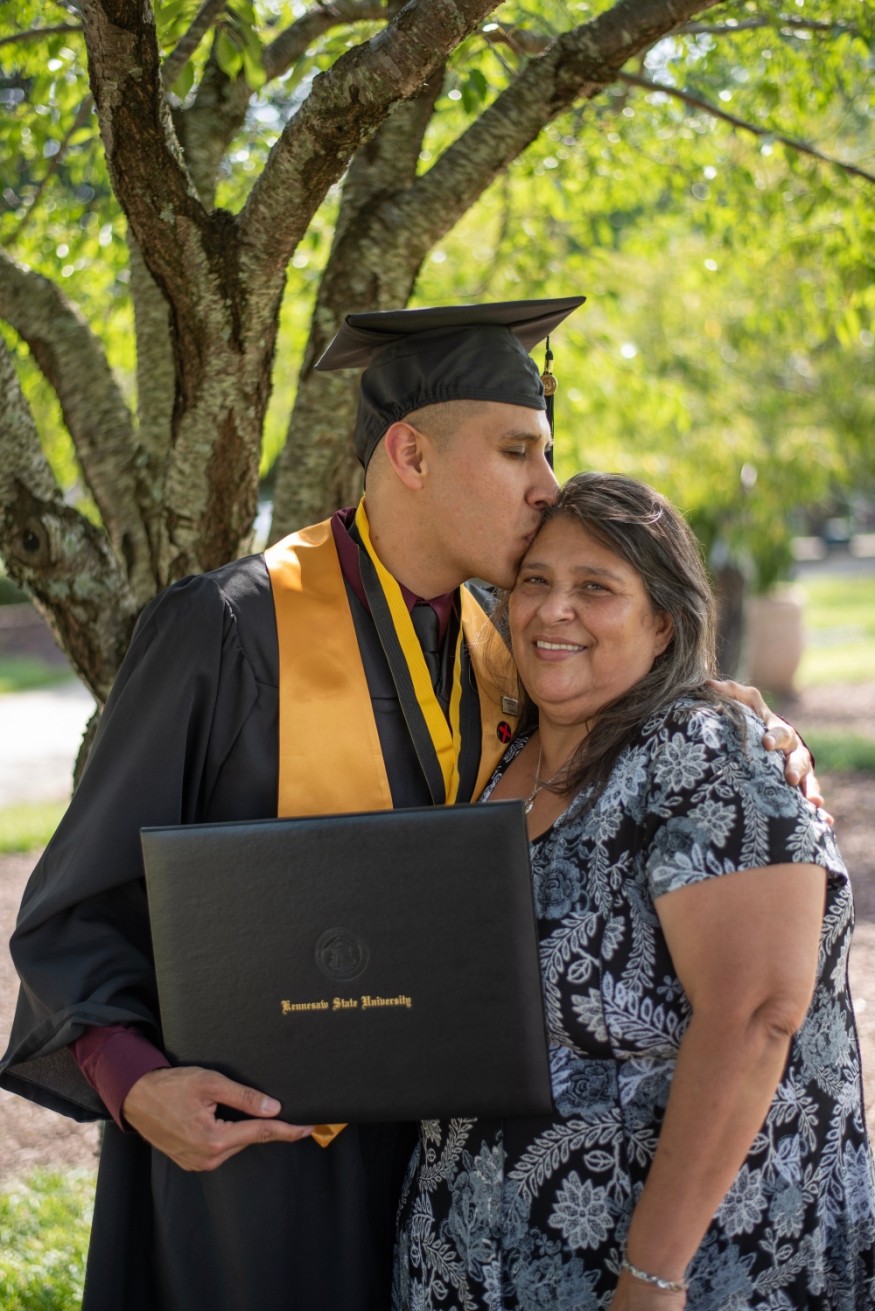More Latin Americans in the U.S. Are Degree Holders

A comprehensive data analysis by the National Center for Education Statistics (NCES) revealed that more Latin Americans in the United States have completed their education in the decade between 2005 and 2017 than ever before, according to an article by Latin Live.
The data further showed that within the past decade 70 percent more Latinos earned degrees, the largest among the U.S. ethnic groups.
Meanwhile, Caucasians earning degrees increased by 19 percent. Overall, the number of college degrees awarded increased by 32 percent across ethnic groups.
NPR's Latino USA reported a Pew Research data showing that in the last decade, Latino enrollment in college is at its highest point, having increased by 82%. Additionally, the National Center for Education Statistics say that 2016 to 2017, the number of Latino students enrolled in college rose from 3.17 million to 3.27 million , making them only one of two demographic groups that saw an increase in college attendance, nearly double the 1.4 million Latino students who attended college in 2000.
Another good news is that the high school drop-out rate for Latino students is at its lowest point and has been declining for decades.
The increasing number of Latin Americans completing their education has prompted more and more schools like Fresno State and Cal State University Long Beach to start holding Chicano or Latino graduation ceremonies gathering at least 13,000 attendees.
One reason for this increase according to an article by USA Today, is the responsibility placed on their shoulders by their parents and educators in the hopes of securing their place in the U.S. middle class. Despite the towering figures, Latin Americans in the U.S. are still confronted by challenges such as the bureaucracy of higher education and paying tuition in an environment where so few teachers, administrators and students look like them. Because of this, many Latino students admit they are worried higher education institutions are happily taking their money without making sure their specific needs are being met.
Data analyzed by Excelencia showed that nearly half of Latino students are the first in their family to go to college. However, just under half of them were eligible for federal Pell Grants, money only given to those with a high financial need. Said data further showed that compared to 40% of the general population, only 22% of Hispanics over the age of 25 have an associate's degree or higher.
What's more, earning a degree does not assure equal pay among Latin Americans in the U.S., especially women. A 2019 study "Latinas Powering Forward: Defining the Cultural Narrative and Reaching New Horizons" claim that despite obtaining a degree with flying colors, Latinas averagely earn a third of what non-Hispanic white males receive with similar educational profiles regardless of occupation. This means Latinas only earn 54 cents for every dollar earned by non-Hispanic men, according to an article by Latin Post.
Over the past two decades, more millennial Latin American women completed their education and even pursued associate, and graduate degrees. In fact, the rate grew 70 percent from 17 percent in 2000 to 30 percent in 2017. The pace even outmatched Latino males with 56 percent growth rate and even non-Latina females with 35 percent growth rate.
Subscribe to Latin Post!
Sign up for our free newsletter for the Latest coverage!

















